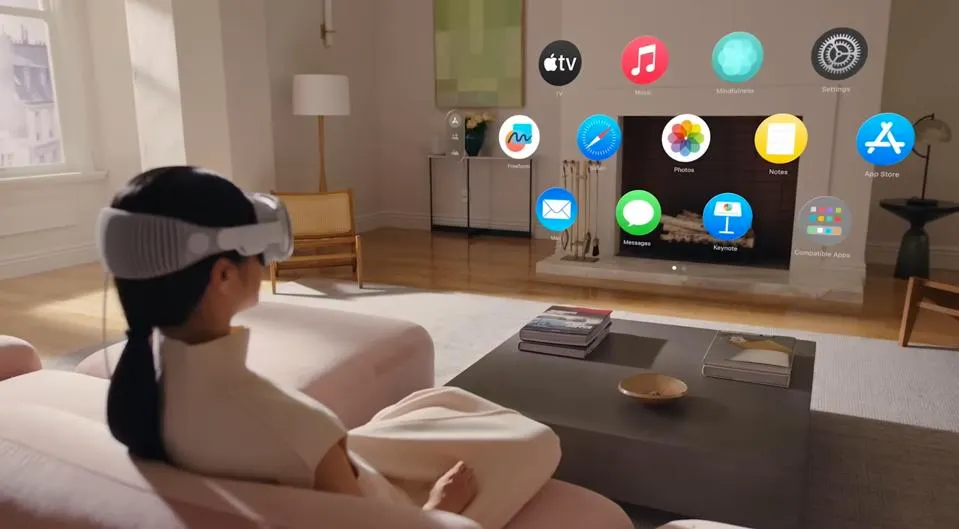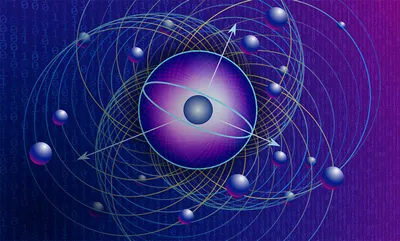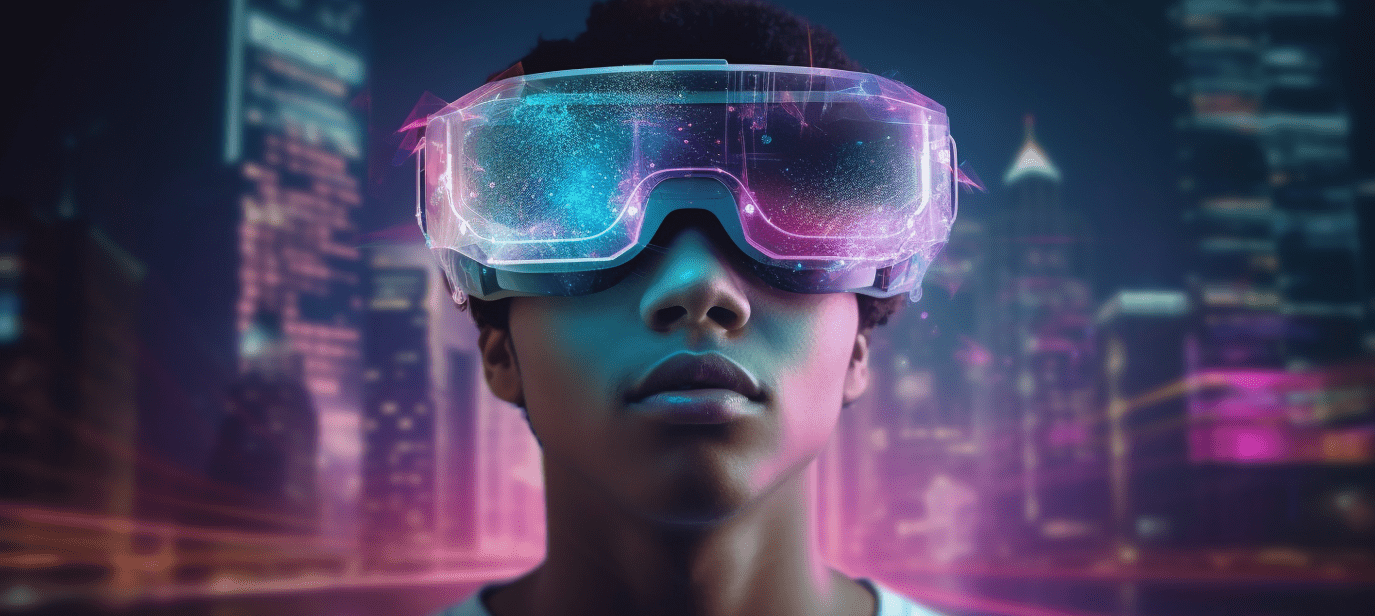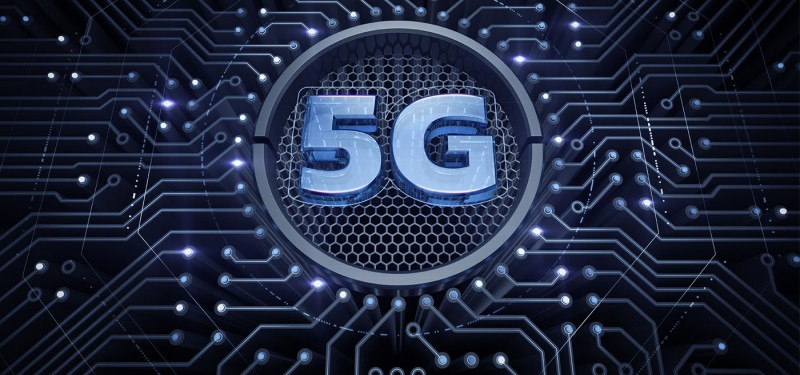Spatial computing is revolutionizing the way we interact with technology. By integrating physical and digital worlds, it offers a more immersive and intuitive experience that extends beyond traditional computing paradigms. This article explores the key aspects of spatial computing, including its definition, applications, technologies, and potential future developments.
Defining Spatial Computing
Spatial computing refers to the use of technology to understand and interact with the physical world in a more dynamic and spatially aware manner. Unlike conventional computing, which is largely confined to flat, two-dimensional screens, spatial computing leverages three-dimensional space to enhance user interaction. This integration involves technologies such as augmented reality (AR), virtual reality (VR), and mixed reality (MR), all of which rely on understanding and manipulating spatial data.
Applications Across Industries
Spatial computing is making a significant impact across various industries, transforming how professionals work and engage with their environments. In healthcare, for example, AR and VR are used for surgical simulations and training, providing doctors with a more detailed and interactive understanding of complex procedures. In retail, spatial computing enables virtual try-ons and interactive shopping experiences, enhancing customer engagement and satisfaction.
The architecture and construction industries benefit from spatial computing through the use of Building Information Modeling (BIM) and VR simulations. These tools allow architects and builders to visualize projects in three dimensions before construction begins, improving accuracy and efficiency. In education, spatial computing creates immersive learning environments, making complex subjects more accessible and engaging for students.
Technologies Driving Spatial Computing
Several key technologies are driving the evolution of spatial computing. Advanced sensors and cameras play a crucial role by capturing detailed spatial data, which is then used to create accurate 3D models of physical spaces. These sensors include LiDAR (Light Detection and Ranging) and depth cameras, which provide precise measurements and facilitate real-time spatial mapping.
Another important technology is computer vision, which enables systems to interpret and understand visual information from the environment. This capability is essential for applications such as object recognition and tracking, which are fundamental to AR and MR experiences. Machine learning algorithms further enhance computer vision by enabling systems to learn and adapt to new visual data over time.
Spatial computing also relies on powerful processing hardware and software platforms. High-performance graphics processing units (GPUs) and specialized processors are required to render complex 3D environments and handle large amounts of spatial data in real-time. Additionally, software frameworks and development tools, such as Unity and Unreal Engine, provide developers with the resources needed to create and deploy spatial computing applications.
Challenges and Considerations
Despite its promising potential, spatial computing faces several challenges. One significant issue is the need for accurate and reliable spatial data, which can be difficult to obtain and process. Ensuring that spatial computing systems can handle various environments and conditions is crucial for their widespread adoption.
Another challenge is the integration of spatial computing with existing technologies and infrastructure. Seamless interoperability between different systems and devices is essential for creating cohesive and effective spatial computing experiences. Additionally, there are concerns about privacy and data security, as spatial computing often involves collecting and analyzing sensitive information about users and their surroundings.
The Future of Spatial Computing
Looking ahead, spatial computing is poised to continue its rapid evolution, driven by advances in technology and increased adoption across industries. Future developments may include more sophisticated and compact hardware, improved algorithms for spatial data processing, and more seamless integration with other emerging technologies such as 6G networks and artificial intelligence.
As spatial computing becomes more prevalent, it has the potential to redefine our interactions with the digital world and enhance various aspects of daily life. From transforming work environments to creating new forms of entertainment and education, spatial computing represents a significant leap forward in how we experience and interact with technology.
Conclusion
In summary, spatial computing is an exciting and rapidly advancing field that combines physical and digital worlds to create more immersive and intuitive experiences. With its wide range of applications and the continuous development of enabling technologies, spatial computing is set to play a crucial role in shaping the future of interaction and technology.
